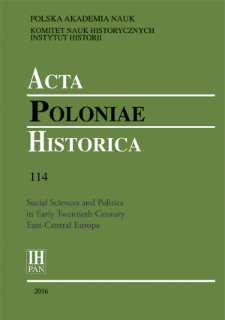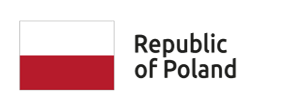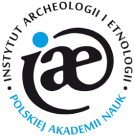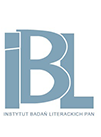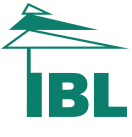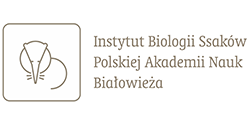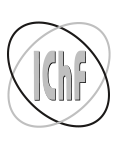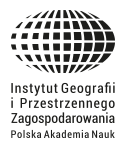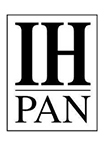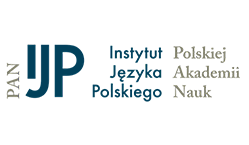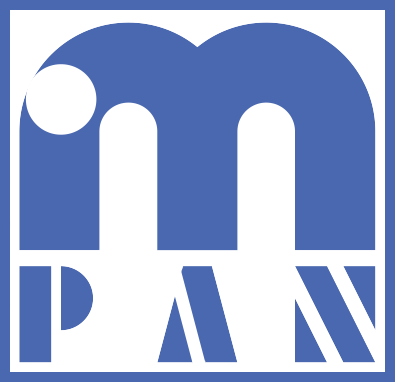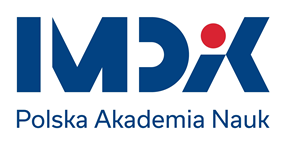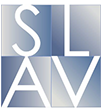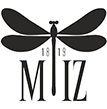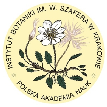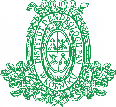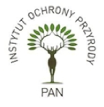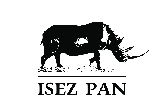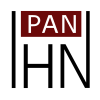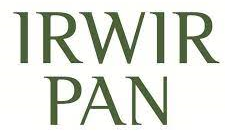- Search in all Repository
- Literature and maps
- Archeology
- Mills database
- Natural sciences
Advanced search
Advanced search
Advanced search
Advanced search
Advanced search

Object
Title: The Tatar military art of war in the early modern period: an example of asymmetric warfare
Subtitle:
Acta Poloniae Historica T. 114 (2016) ; Studies
Contributor:
Korecki, Tristan : Red. ; Komitet Nauk Historycznych Polskiej Akademii Nauk ; Instytut Historii Polskiej Akademii Nauk
Publisher:
Instytut Historii Polskiej Akademii Nauk
Place of publishing:
Description:
Type of object:
Abstract:
The present analysis of military operations carried out by Tatar Hordes in the sixteenth and seventeenth centuries has shown that these operations were basically shaped by asymmetric actions. Their main characteristics were secrecy of action up to the moment of attack, use of information-and-intelligence warfare struggle instruments, a total character of operations taken against civilians, their material resources and economic infrastructure, with use of terrorist tactics and means of psychological impact that aimed at intimidating the community under attack. The actions of Tatar Hordes were primarily focused on non-military aspects and took advantage not only of classic military tools but also a combination of political measures and instruments as well as those typical of economy, these including a variety of economic and demographic pressures. Pursuing asymmetric action was in the hands of the Giray (Gerey) dynasty one of the most important tools enabling them to efficiently achieve their political goals in the international arena and to support the economic development of the Crimean Khanate through permanent transfers of slaves and tangible property of various sorts.
References:
Baranowski Bohdan, Chłop polski w walce z Tatarami (Warszawa, 1952).
Fisher Alan W., Crimean Tatars (Stanford, 1978).
Gliwa Andrzej, Kraina upartych niepogód. Zniszczenia wojenne na obszarze ziemi przemyskiej w XVII wieku (Przemyśl, 2013).
Gliwa Andrzej, ‘The Tatar-Cossack Invasion of 1648: Military actions, material destruction and demographic losses in the land of Przemyśl’, Acta Poloniae Historica, cv (2012), 85–120.
Górka Olgierd, ‘Liczebność Tatarów krymskich i ich wojsk’, Przegląd Historyczno-Wojskowy, viii, 2 (1936), 185–295.
İnalcık Halil, ‘The Khan and the Tribal Aristocracy: The Crimean Khanate under Sahib Giray I’, Harvard Ukrainian Studies, iii–iv (1979–1980), 445–66.
Kaldor Mary, New and Old Wars. Organized Violence in a Global Era (Stanford, CA, 1999).
Khazanov Anatoly M., ‘Nomads of the Eurasian Steppes in Historical Retrospective’, in Nikolay N. Kradin, Dmitri M. Bondarenko, and Thomas J. Barfield (ed.), Nomadic Pathways in Social Evolution (Civilizational Dimension, ed. by Igor V. Sledzevski et al., 5, Lac-Beauport, 2015; 1st edn – Moscow, 2003), 25–49.
Kizilov Mikhail, ‘The Slave Trade in the Early Modern Crimea from the Perspective of Christian, Muslim, and Jewish Sources’, Journal of Early Modern History, xi, 1–2 (2007), 1–31.
Kołodziejczyk Dariusz, ‘Slave Hunting and Slave Redemption as a Business Enterprise: The Northern Black Sea Region in the Sixteenth to Seventeenth Centuries’, Oriento Moderno, lxxxvi, 1 (2006), 149–59.
Majewski Ryszard, ‘Z problematyki walk z Tatarami w pierwszej połowie XVII wieku’, Sobótka, xxx, 2 (1975), 231–41.
May Timothy, The Mongol Art of War. Chinggis Khan and the Mongol Military System (Yardley, PA, 2007).
Murphey Rhoads, Ottoman Warfare 1500–1700 (New Brunswick, 1999).
Ostapchuk Victor, ‘Crimean Tatar Long Range Campaigns. The View from Remmal Khoja’s History of Sahib Gerey Khan’, Journal of Turkish Studies, xxix, 1 (2005), 271–87.
Smith Rupert, The Utility of Force. The Art of War in the Modern World (New York, 2007).
Wójcicki Kazimierz W., ‘Tatarzy’, Biblioteka Warszawska, i (1842), 153–83.
Relation:
Volume:
Start page:
End page:
Detailed Resource Type:
Format:
Resource Identifier:
oai:rcin.org.pl:62661 ; 2450-8462 ; 10.12775/APH.2016.114.07
Source:
IH PAN, sygn. A.295/114 Podr. ; IH PAN, sygn. A.296/114 ; click here to follow the link
Language:
Rights:
Licencja Creative Commons Uznanie autorstwa-Bez utworów zależnych 4.0
Terms of use:
Zasób chroniony prawem autorskim. [CC BY-ND 4.0 Międzynarodowe] Korzystanie dozwolone zgodnie z licencją Creative Commons Uznanie autorstwa-Bez utworów zależnych 4.0, której pełne postanowienia dostępne są pod adresem: ; -
Digitizing institution:
Instytut Historii Polskiej Akademii Nauk
Original in:
Biblioteka Instytutu Historii PAN
Projects co-financed by:
Program Operacyjny Innowacyjna Gospodarka, lata 2010-2014, Priorytet 2. Infrastruktura strefy B + R ; Unia Europejska. Europejski Fundusz Rozwoju Regionalnego
Access:
Object collections:
- Digital Repository of Scientific Institutes > Partners' collections > Institute of History PAS > Serials
- Digital Repository of Scientific Institutes > Partners' collections > Institute of History PAS > Institute Publications
- Digital Repository of Scientific Institutes > Partners' collections > Institute of History PAS > Institute Publications > Journals
- Digital Repository of Scientific Institutes > Partners' collections > Institute of History PAS > Institute Publications > Journals > Acta Poloniae Historica
- Digital Repository of Scientific Institutes > Literature > Journals/Articles
Last modified:
Sep 22, 2023
In our library since:
May 25, 2017
Number of object content downloads / hits:
720
All available object's versions:
https://rcin.org.pl./publication/82032
Show description in RDF format:
Show description in RDFa format:
Show description in OAI-PMH format:
| Edition name | Date |
|---|---|
| Gliwa, Andrzej, The Tatar military art of war in the early modern period: an example of asymmetric warfare | Sep 22, 2023 |
Objects Similar
Szadkowski, Paweł
Gliwa, Andrzej
Janeczek, Andrzej (1954– )
Łopatecki, Karol (1979– )
Łopatecki, Karol (1979– )
Matsuka, Jin (1966– )
Studniarek, Michał (1976– )
Meissner, Blanka

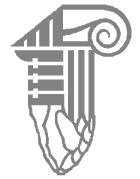 INSTYTUT ARCHEOLOGII I ETNOLOGII POLSKIEJ AKADEMII NAUK
INSTYTUT ARCHEOLOGII I ETNOLOGII POLSKIEJ AKADEMII NAUK
 INSTYTUT BADAŃ LITERACKICH POLSKIEJ AKADEMII NAUK
INSTYTUT BADAŃ LITERACKICH POLSKIEJ AKADEMII NAUK
 INSTYTUT BADAWCZY LEŚNICTWA
INSTYTUT BADAWCZY LEŚNICTWA
 INSTYTUT BIOLOGII DOŚWIADCZALNEJ IM. MARCELEGO NENCKIEGO POLSKIEJ AKADEMII NAUK
INSTYTUT BIOLOGII DOŚWIADCZALNEJ IM. MARCELEGO NENCKIEGO POLSKIEJ AKADEMII NAUK
 INSTYTUT BIOLOGII SSAKÓW POLSKIEJ AKADEMII NAUK
INSTYTUT BIOLOGII SSAKÓW POLSKIEJ AKADEMII NAUK
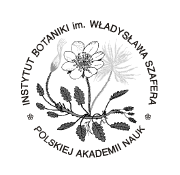 INSTYTUT CHEMII FIZYCZNEJ PAN
INSTYTUT CHEMII FIZYCZNEJ PAN
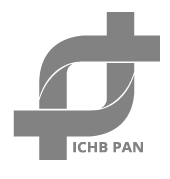 INSTYTUT CHEMII ORGANICZNEJ PAN
INSTYTUT CHEMII ORGANICZNEJ PAN
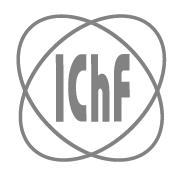 INSTYTUT FILOZOFII I SOCJOLOGII PAN
INSTYTUT FILOZOFII I SOCJOLOGII PAN
 INSTYTUT GEOGRAFII I PRZESTRZENNEGO ZAGOSPODAROWANIA PAN
INSTYTUT GEOGRAFII I PRZESTRZENNEGO ZAGOSPODAROWANIA PAN
 INSTYTUT HISTORII im. TADEUSZA MANTEUFFLA POLSKIEJ AKADEMII NAUK
INSTYTUT HISTORII im. TADEUSZA MANTEUFFLA POLSKIEJ AKADEMII NAUK
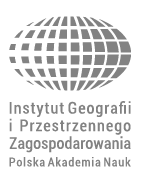 INSTYTUT JĘZYKA POLSKIEGO POLSKIEJ AKADEMII NAUK
INSTYTUT JĘZYKA POLSKIEGO POLSKIEJ AKADEMII NAUK
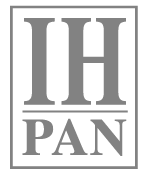 INSTYTUT MATEMATYCZNY PAN
INSTYTUT MATEMATYCZNY PAN
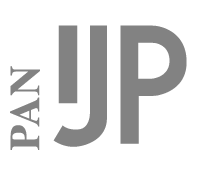 INSTYTUT MEDYCYNY DOŚWIADCZALNEJ I KLINICZNEJ IM.MIROSŁAWA MOSSAKOWSKIEGO POLSKIEJ AKADEMII NAUK
INSTYTUT MEDYCYNY DOŚWIADCZALNEJ I KLINICZNEJ IM.MIROSŁAWA MOSSAKOWSKIEGO POLSKIEJ AKADEMII NAUK
 INSTYTUT PODSTAWOWYCH PROBLEMÓW TECHNIKI PAN
INSTYTUT PODSTAWOWYCH PROBLEMÓW TECHNIKI PAN
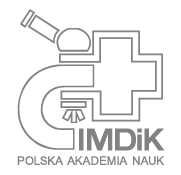 INSTYTUT SLAWISTYKI PAN
INSTYTUT SLAWISTYKI PAN
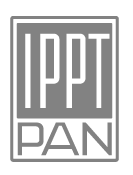 SIEĆ BADAWCZA ŁUKASIEWICZ - INSTYTUT TECHNOLOGII MATERIAŁÓW ELEKTRONICZNYCH
SIEĆ BADAWCZA ŁUKASIEWICZ - INSTYTUT TECHNOLOGII MATERIAŁÓW ELEKTRONICZNYCH
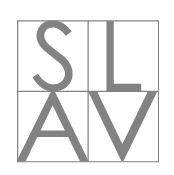 MUZEUM I INSTYTUT ZOOLOGII POLSKIEJ AKADEMII NAUK
MUZEUM I INSTYTUT ZOOLOGII POLSKIEJ AKADEMII NAUK
 INSTYTUT BADAŃ SYSTEMOWYCH PAN
INSTYTUT BADAŃ SYSTEMOWYCH PAN
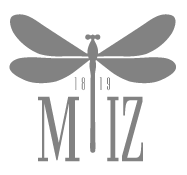 INSTYTUT BOTANIKI IM. WŁADYSŁAWA SZAFERA POLSKIEJ AKADEMII NAUK
INSTYTUT BOTANIKI IM. WŁADYSŁAWA SZAFERA POLSKIEJ AKADEMII NAUK
